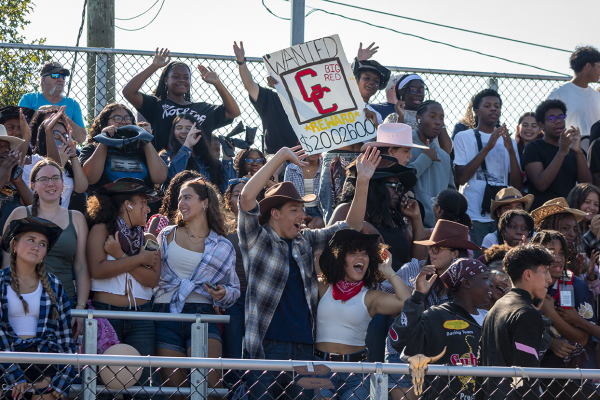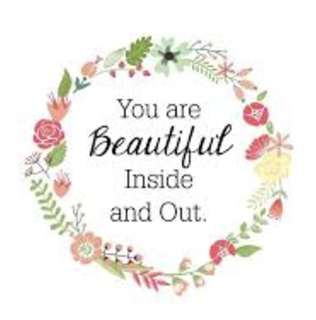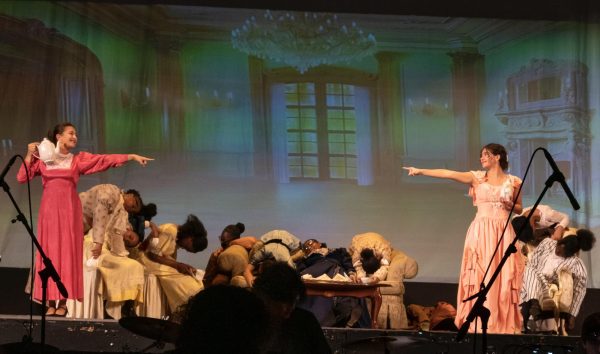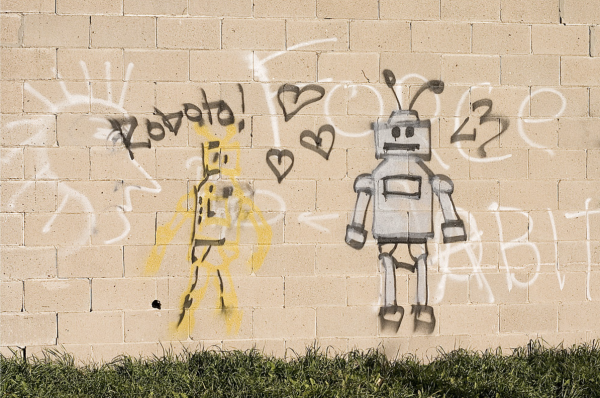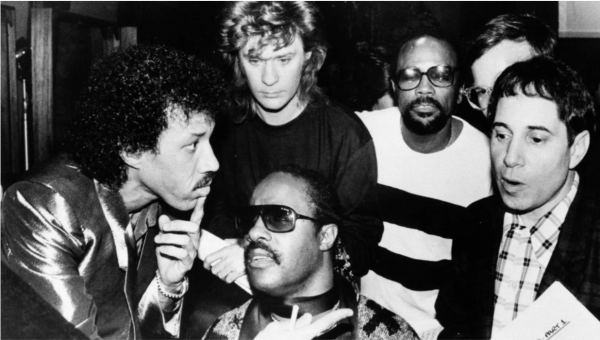Building a Better Classroom: The Promise and Reality of Restorative Circles in Schools
Image by KreativeKolor on freepik.com
Community Circle Graphic Image use granted by KreativeKolor on freepik.com
____________________________________________________________________________________________________
Disclaimer: Names have been changed to keep the interviewees anonymous.
_____________________________________________________________________
Despite the number of Covid 19 cases decreasing significantly since the height of the pandemic in 2020, the effects of this global virus are still being seen. Adolescents arguably have been impacted the most, as they have had to adapt to a number of changes in their daily lives, including school closures, remote learning, social distancing, and limitations to one on one activities. The sudden emergence of these new adjustments has led to many of these teenagers developing anxiety and depression. According to an analysis done by CNN, 1 in 4 adolescents globally are “experiencing clinically elevated depression symptoms, while 1 in 5 youth are experiencing “clinically elevated anxiety symptoms”. Schools have been taking various steps to address the mental health of their teenage students, one of these steps being the implementation of restorative circles.
The mandate to incorporate Restorative Practices within New York City schools has a goal for change in mind. In recent years, restorative circles have been gaining popularity as a tool for promoting positive behavior and resolving conflicts in schools. These circles bring together students and teachers alike in a supportive and inclusive environment where they can discuss issues affecting the school community and find solutions to these problems together. The process is guided by trained facilitators and emphasizes empathy, active listening, and mutual understanding. By creating a safe space for dialogue, restorative circles aim to build stronger relationships, improve school culture, and to reduce the number of suspensions and expulsions.
Baldwin High School has joined the many schools that have now embedded Restorative Circles within their school twice a month. Though educators have all been trained, there is a fifty percent buy-in that this process will work to connect students and build relationships with teachers. According to Mr. Brown, an educator at Baldwin High School, when asked his initial thoughts on the circles, he replied “hopeful.” Understanding the demographics of Baldwin High, the hope is the use of Restorative Circles will enable the students to express their feelings in a positive environment and resolve conflicts amongst students from grade to grade.
The process of building these circles consists of students from the same homeroom, sharing similar last names. These circles can be as large as twenty-five participants. Students had similar thoughts as Mr. Brown, in that they were hopeful that the Restorative Circles would address their concerns and alleviate potential student confrontations. Even though there was a mixed consensus among the students of their opinions on the circles, most students agreed that although the circles have good intent, they should be carried out differently. Angelina, a junior at Baldwin High school, when asked about her thoughts on the circle, explained “even though the circles were created for a good cause, the unfamiliarity between the students creates a disconnect.”
Similar to BHS’s student population, the teachers also feel the same detachment from the participants in the circle. When asked about his thoughts on the process, Mr. Bronson, a science educator, feels that although he’s had an overall positive experience with his circle, he and the students “still don’t know each other very well.” The teacher-student connection is a crucial element in the success of restorative circles. According to Ms. Charles, a math teacher at Baldwin High School, “In order for the students to open up and feel comfortable sharing their thoughts and feelings, they need to have a strong relationship with the facilitator.” This sentiment was echoed by many of the students who participated in the restorative circles. One senior student, Sarah, stated that “It’s hard to share personal things with someone you don’t trust or feel connected to.” Having a teacher who is familiar with the student’s individual needs and personalities allows for more personalized questions and prompts that are better suited for the group.
So what exactly creates the “unfamiliarity” and the “disconnect” that the students and teachers described? In addition to the students not feeling comfortable or inclined to share their personal feelings with a group of people they aren’t intimate with, they also feel that the wrong questions are being asked at the circle. In a typical restorative circle, most of the questions asked are based on the SEL (Social and Emotional Learning) approach, which focuses on the social and emotional skills that assist students in decision-making, controlling their emotions, and cooperating with one another. The participants in the circles at Baldwin High School find that the questions asked in their circle tend to stray away from the SEL method. When asked about his opinions on the discussion points at the circles, Dylan, a sophomore student, explained that the questions asked were more like “adults asking children questions, rather than children asking children questions.” By incorporating more SEL-based questions, students may feel more comfortable sharing personal information with their peers and teachers. This can foster a stronger sense of community and trust, which is essential for creating a successful restorative circle program.
So how can the Restorative Circles at Baldwin High School be improved on? To address the concerns raised by students and teachers about the questions asked during restorative circles, Baldwin High School could consider adapting the discussion points to better align with the SEL approach. This could involve asking more open-ended questions that encourage students to share their personal experiences and feelings, rather than questions that feel irrelevant or unimportant to them. Involving students in the process of creating the discussion points themselves so that they feel more ownership and investment in the topics being discussed could also be considered. By making these adjustments, Baldwin High School could potentially increase student engagement and participation in the restorative circles, leading to stronger connections and more meaningful dialogue between students and teachers.
Restorative circles have the potential to create a positive change in schools and to better the mental health of students. Although the implementation of these circles at Baldwin High School has not been without its challenges, the feedback from both students and educators indicates a willingness and desire to improve and make the process work. With the ongoing refinement of the restorative circles to help better suit the needs of the school environment, Baldwin High School is taking a crucial step towards building a better educational community for its students. As restorative circles continue to be performed in schools across the country, it is clear that these practices have the potential to create a more supportive and inclusive environment for all students.
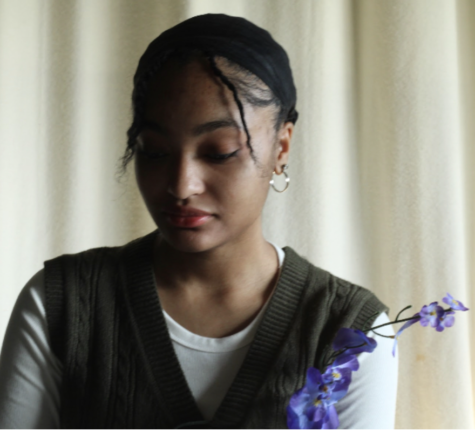
Hi I’m Nia Green. I’m in 11th grade and I’m a writer for the Golden Wave. I’m a huge movie buff, and I love watching all genres of movies and writing...

